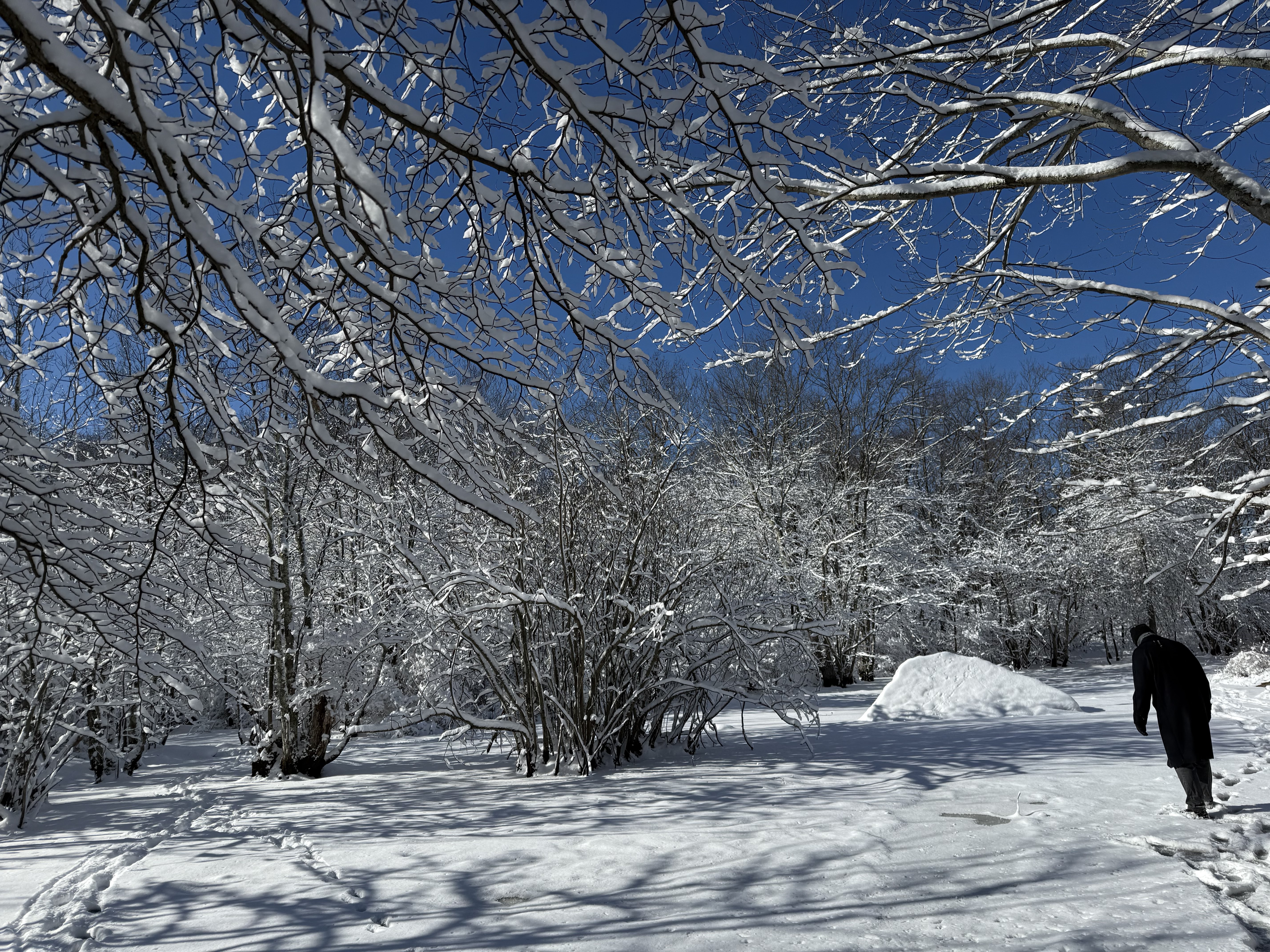By Richard B. Primack
“Gardening is civil and social, but it wants the vigor and freedom of the forest and the outlaw.” Henry David Thoreau in A Week on the Concord and Merrimack Rivers
The Houghton Garden is an easily overlooked landscape treasure in the middle of Chestnut Hill. The garden was once recognized as one of the most outstanding private gardens in the country. While most of the flower displays are long-gone, the network of trails, groupings of evergreen plants, streams, and pond still create a magical environment in every season and one that is unlike anywhere else publicly accessible in Newton.
In a recent article in the Newton Conservators Newsletter, Michele Hanss and I described the features of the garden, and its design, development, and subsequent decline. We also reported on the acquisition of the property as conservation land by the City of Newton and current management issues.
While the garden is particularly beautiful in spring when the shrubs are flowering, it is also wonderful in the winter when rhododendrons and other evergreens stand out against the snow.
 |
| Photo 1: Rhododendrons covered with snow along a path. |
 |
| Photo 3: At the base of the bald cypress are curious above-ground root structures called "cypress knees." |
 |
| Photo 4: One of the garden's special plants is a large umbrella pine growing near the pond. |
 |
| Photo 5: A close-up of the distinctive leaves and branches of the umbrella pine. |
Here is a link to the article: LINK












